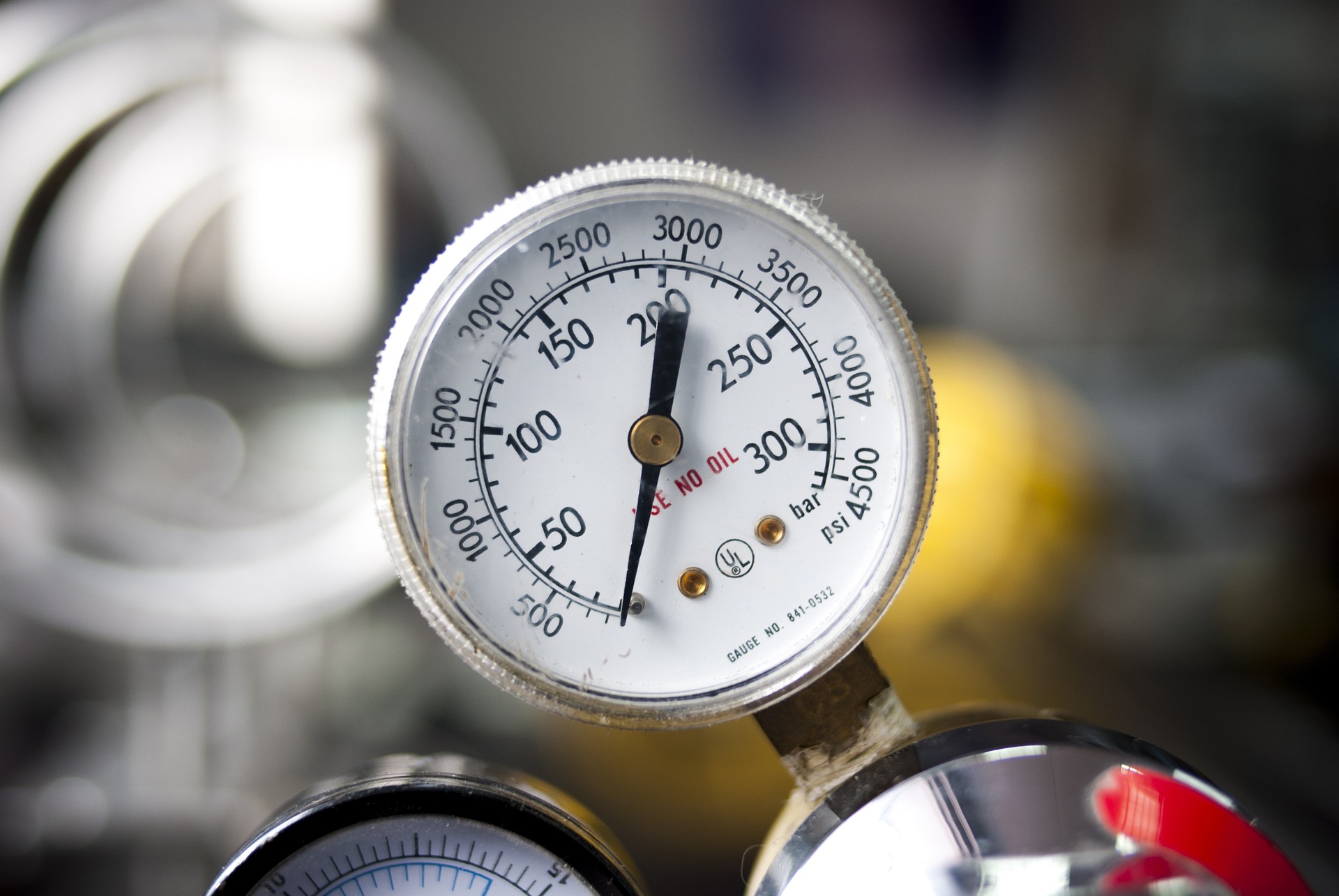7 tips for comparing two instruments accurately

Whether you are comparing data to determine if your instruments return accurate values or considering calibrating your instruments yourself with a standard that is within your reach, a faulty diagnosis could cost you time and money. To avoid pitfalls, here is a list of 7 tips to ensure reliable results.
Tip #1: Place the instruments in the exact same environment
When comparing the data from two instruments, ensure they are in the same environment. Place them close enough to measure the same conditions but far enough apart so they do not influence each other. Make sure to place them in an environment where the conditions are stable (either in an environmental chamber with uniform air circulation or in an environment without air circulation). Measurements in the open air should be avoided at all costs.
Tip #2: Consider combined uncertainties
When comparing data, make sure to take into account the uncertainties of both instruments. For example, if instrument #1 measures 20.1 °C and instrument #2 measures 20.5 °C, with an uncertainty of ±0.2 °C for both, it is not possible to conclude with this single measurement that one of the instruments is out of specifications, as the difference between the measurements does not exceed the sum of the uncertainties.
Tip #3: Repeat the measurements enough times
For each comparison point, it is important to repeat the measurements to ensure that any difference in readings is statistically significant. Taking multiple measurements significantly reduces the impact of random errors and gives a more accurate representation of any deviation.
Tip #4: Approach the comparison points from both above and below
For example, for a temperature comparison, approach the setpoint from below (starting at a temperature lower than the setpoint and slowly increasing the temperature until the setpoint is reached) and from above (reverse process). This methodology will allow you to consider the effect of non-linearity, such as hysteresis, in your evaluation.
Tip #5: Use multiple data points to compare instruments
Before concluding that an instrument is out of specification, it is important to perform the comparison at several distinct points across the possible measurement range of the instrument. In particular, if the perceived difference between two instruments is sometimes positive, sometimes negative, it would be wise to apply a more advanced analysis of the deviations to understand the behaviour of the different variations.
Tip #6: Wait long enough for the readings to stabilize
When comparing two measurements, make sure that the readings of each one have stabilized.
Dracal context: In DracalView, choose a number of decimal places to display that corresponds to the degree of accuracy of your instrument. This will help to see when the reading has stabilized.
Tip #7: Verify the calibration of the instruments before comparing them
Dracal context: The user calibration mechanism is provided to users to make them perfectly masters of their instruments. This flexibility, however, brings the risk that the user may have entered incorrect calibration points, that old entered points are still active, etc. Any comparison will be meaningless if one or both instruments are not calibrated correctly. It is, therefore, critical to ensure that the entered and active calibration points are valid.